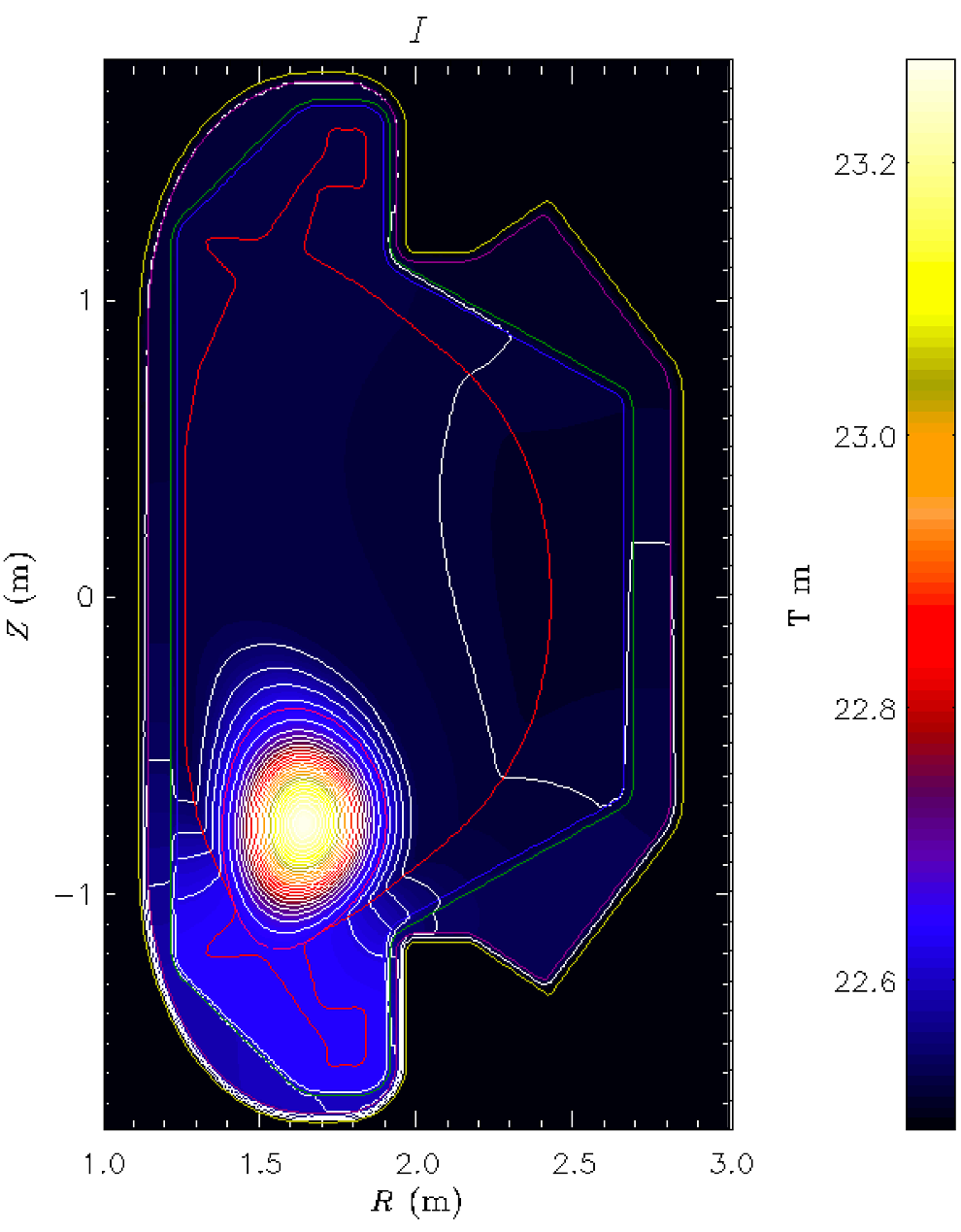
Understanding disruption mitigation and consequences through high fidelity modeling cannot only improve our understanding of the underlying physics, but also can significantly help on driving the design of future fusion pilot plants, like ARC-class devices. For these studies, we employ the extended MHD code M3D-C1, which is one of the state-of-the-art MHD codes in the world. There are currently different research projects under this area.
On the consequence side, we are currently conducting research on vertical displacement events (VDEs), including hot and cold VDEs. A validation of M3D-C1 with C-MOD data is ongoing which will likely help to improve the modeling of these events as well as build confidence on predictions. On the latter, studies on both SPARC and ARC geometries are being conducted to better understand the wall force distribution and the role of halo currents on them.
On the mitigation side, we are assessing the current quench time on the massive gas injection rate for SPARC, as well as the runaway electron mitigation coil (REMC) on preventing runaway electron beam formation, for both SPARC and ARC. M3D-C1 would offer a unique framework to self-consistently calculate runaway generation and effect of 3D fields.
Most of these studies are in collaboration with the Princeton Plasma Physics Laboratory (PPPL) M3D-C1 team, lead Nathaniel (Nate) Ferraro and Stephen (Steve) Jardin.